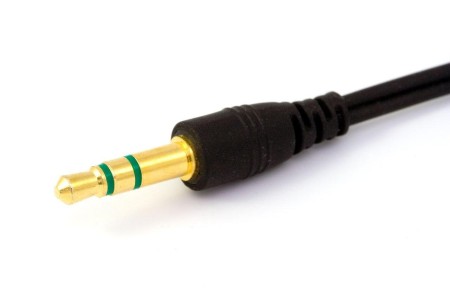Noise-cancelling earplugs have become an essential accessory for many individuals seeking to enhance their auditory environment. Whether it’s the hustle and bustle of urban life, the incessant noise from construction sites, or the need for a peaceful night’s sleep, these innovative devices are designed to provide a sanctuary from unwanted sounds. The technology behind noise-cancelling earplugs has evolved significantly, offering users a variety of options tailored to their specific needs. Understanding how these earplugs work and their benefits can help consumers make informed choices.
The mechanism of noise cancellation primarily involves two methods: passive and active noise cancellation. Passive noise cancellation relies on physical barriers to block sound waves. Earplugs made from foam or silicone effectively seal the ear canal, significantly reducing ambient noise. On the other hand, active noise cancellation uses advanced technology to counteract sound waves. These earplugs contain microphones that detect external sounds and generate sound waves that are the exact opposite, effectively neutralizing the noise. This dual approach ensures a more comprehensive noise reduction experience.
Choosing the right type of noise-cancelling earplugs is crucial. There are various styles available, including reusable and disposable options. Reusable earplugs are often made from silicone or rubber and can be washed and used multiple times. Disposable earplugs, typically made from foam, are designed for single use, making them convenient for travel or short-term use. Each type has its own advantages, depending on the user’s lifestyle and preferences.
Comfort is another significant factor when selecting noise-cancelling earplugs. Since these devices are often worn for extended periods, they should fit snugly without causing discomfort. Many brands offer different sizes and shapes to cater to individual ear anatomy. Additionally, some earplugs come with customizable features, allowing users to mold them to their ears for an even better fit. A comfortable earplug can enhance the overall experience, making it easier to wear them for longer durations.
The effectiveness of noise-cancelling earplugs also depends on the environment in which they are used. In extremely loud settings, such as concerts or construction sites, a higher level of noise reduction is required. Users may need to consider earplugs with higher decibel ratings for such situations. Conversely, in quieter environments, standard earplugs may suffice. Understanding the specific noise levels of different environments can help users select the most appropriate earplugs.
Health benefits associated with using noise-cancelling earplugs are numerous. Prolonged exposure to loud noises can lead to hearing loss, stress, and sleep disturbances. By blocking out harmful noise levels, these earplugs can protect hearing and improve overall well-being. Furthermore, they can aid in enhancing focus and productivity, particularly in noisy workplaces or study environments. The ability to create a quieter space can lead to better performance and mental clarity.
Moreover, the versatility of noise-cancelling earplugs makes them suitable for various activities. Whether it’s traveling, studying, or simply enjoying a peaceful evening at home, these earplugs can adapt to different situations. For travelers, they can significantly reduce the noise from airplanes or trains, making journeys more enjoyable. For students, they can create an ideal study environment, free from distractions. This adaptability is one of the key reasons for their growing popularity.
Maintenance and care of noise-cancelling earplugs are essential for ensuring their longevity and effectiveness. For reusable earplugs, regular cleaning is necessary to prevent the buildup of dirt and bacteria. Users should follow the manufacturer’s instructions for cleaning and storage. Disposable earplugs, while convenient, should be discarded after use to maintain hygiene. Proper maintenance not only extends the life of the earplugs but also enhances their performance.
While noise-cancelling earplugs offer many benefits, they are not without limitations. Some users may experience a sensation of pressure or discomfort when using active noise-cancelling models. Additionally, they may not completely eliminate all sounds, particularly in very high or low-frequency ranges. It’s important for users to have realistic expectations and understand that while these earplugs significantly reduce noise, they may not provide absolute silence.
In closing, noise-cancelling earplugs serve as a vital tool for those seeking relief from unwanted noise. Their ability to improve comfort, health, and productivity makes them an invaluable accessory in today’s noisy world. As technology advances, further research into enhancing their effectiveness and comfort will be crucial. Future studies could explore the development of smarter earplugs that adapt to varying noise levels in real-time, offering an even more personalized experience for users.

